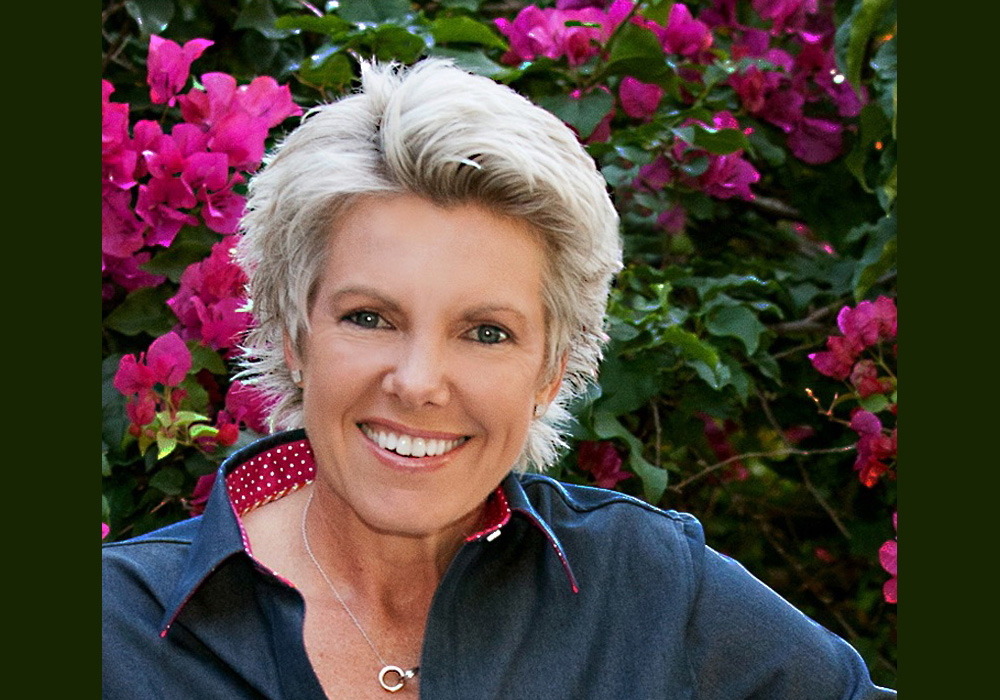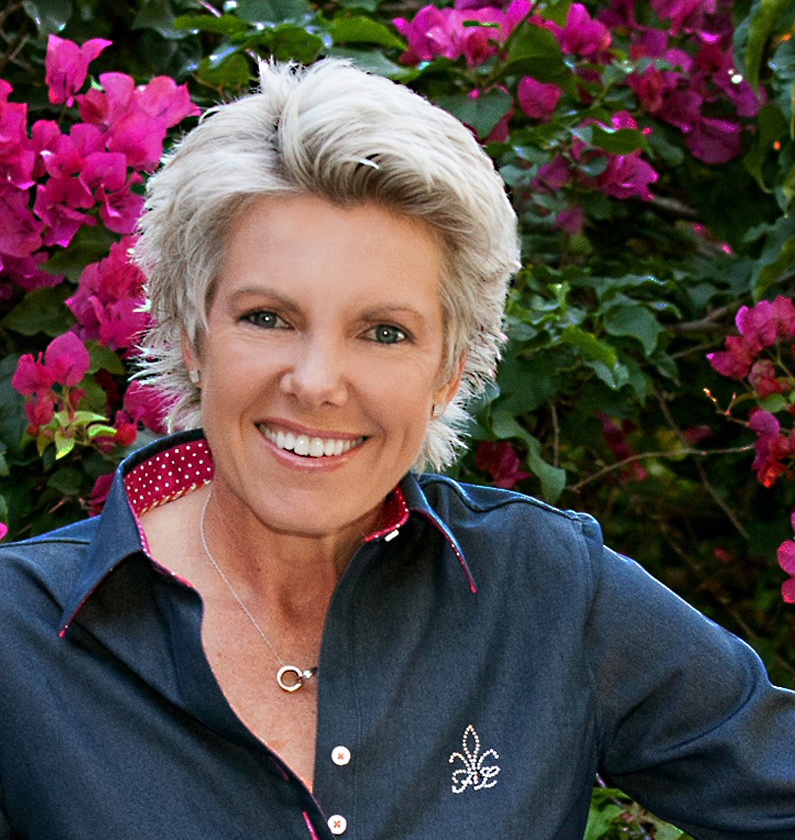The Signs of Child Sexual Abuse Are Closer Than You Think—And So Are the Abusers
By Kathy Andersen, founder of END1IN4 - a non-profit aiming to end the impact and magnitude of child sexual abuse.


Ninety percent of child sexual abusers are in or close to the home. Sixty-eight percent of abusers are family members. Not only are the abusers closer than you might think, but also the abuse happens much more often than you may know. The Advocacy Center reports that one in three girls and one in five boys are sexually abused before the age of eighteen.
The signs of abuse are more obvious than you may think. They are in “plain sight” and in behaviors that you might tragically dismiss as “problem behaviors” rather than see as cries for help.
Is your child “just sad,” or sad from abuse? Is your child “just angry,” or angry at an abuser who is close and near? Is your child “just acting out,” or trying to shout out that something is wrong? Is your child “just a loner” or shut down in confusion, shame and fear?
The Mayo Clinic highlights signs of abuse: withdrawal from friends and activities; anger, aggression, and hyperactivity; changes in school performance; depression; anxiety and fear; a loss of self-confidence; problems sleeping; nightmares; bed-soiling; self-harm; and rebellious and defiant behavior.
When you see these behaviors in your child, or another, do you “think again” to consider these may be warning signs of abuse, or dismiss and minimize them as “just growing pains?” Your deeper exploration could be that child’s only lifeline. You don’t need to be sure – you just need to explore.
Most studies agree that children are not born sad, angry, loners, or rebellious. MentalHelp goes so far as to state that, “No one is born with a chronic anger problem.” Rather, there is broad consensus that anger and aggressive behaviors are learned in response to situations and experiences. Most studies agree that we are all wired for connection, love, and relationship.
A common thread in the shared stories of survivors of child sexual abuse is the hunger to reach out for help and love. Yet, the breach of trust suffered, the child’s innate desire to protect family, and the fear and guilt from abuse, creates a prison of silence and ongoing suffering. Do we dare to see and hear beyond the silent and tumultuous surface?
When Gloria Estefan told only last year of her child sexual abuse by a family member, she shared, “I told him, ‘This cannot happen, you cannot do this.’ He goes: ‘Your father’s in Vietnam, your mother’s alone and I will kill her if you tell her.”
Teri Hatcher was molested by her uncle at the age of seven. Teri shared, “I was convinced it was my fault and I blamed myself for what had happened, so I didn’t tell anyone and I was silent…”
Ellen Degeneres shared her protectiveness of her mother, “I didn’t want to tell my mother, because I was protecting her and I knew that that would ruin her happiness.”
Mary J. Blige shared of deep depression and isolation, “Most of the times, I was just depressed and didn’t want to live.” Oprah Winfrey echoed similar, “I thought there’s no way other than killing myself.” Ashley Judd, who tragically lost her mother, Naomi, only last year to mental illness-induced suicide, shared of her own child sexual abuse, “…I took to playing with mom’s gun, trying to decide if it would be worth it to shoot myself…” Tyler Perry shared, “I feel like I died as a child.”
For me, and other adults who have shared their stories on the podcast that I created as a healing and community-building resource, Overcoming Child Sexual Abuse, those threads are also shared. Perhaps one of the greatest reflections is that we each hold a piece of each other’s stories, and together, as we share our individual stories, we strengthen ourselves and each other. Those shared threads weave a collectively beautiful, resilient, vibrant, bold, strong, and supportive comforter (or perhaps a super hero cape, if you prefer!) that binds us all as part of a greater life experience and creation.
So, what can we create together, and share as a broader community? We can share the message “You’re Not Alone.” We can create a community of resilience and fearlessness—and of safety, connection, and security.
By daring to see, hear, and act, we can turn the fear of confronting and reporting abuse into an opportunity to create a different life for a child victim and change the life of an adult survivor. We can collectively transform, heal, and co-create lives that can be filled with optimism, relationship, and ultimately the love and happiness that we all seek beyond our struggles.
Throughout April, National Child Abuse Prevention Month, let’s especially take the opportunity to transform lives—our own, those close to us, and those looking for that one person who will see and hear —and fearlessly offer that one precious lifeline.
——–
For 24/7 help and support, and to report abuse, call the 24/7 Childhelp National Child Abuse Hotline (1-800) 4-A-Child. If you or someone you know is struggling or in crisis, you can call or text 988, the 24/7 Suicide & Crisis Lifeline. In an emergency, call 911.
For more information and a range of local and national resources, please visit www.END1IN4.org, and look out around Miami-Dade, Broward, and Palm Beach for END1IN4’s public awareness campaign to “See The Signs” and know “You’re Not Alone” throughout April.


